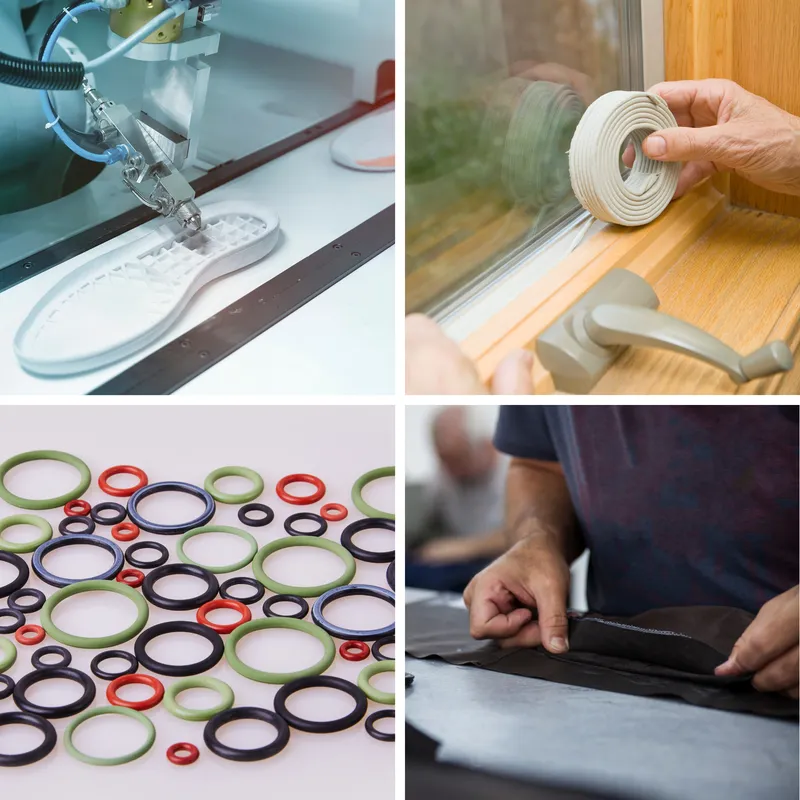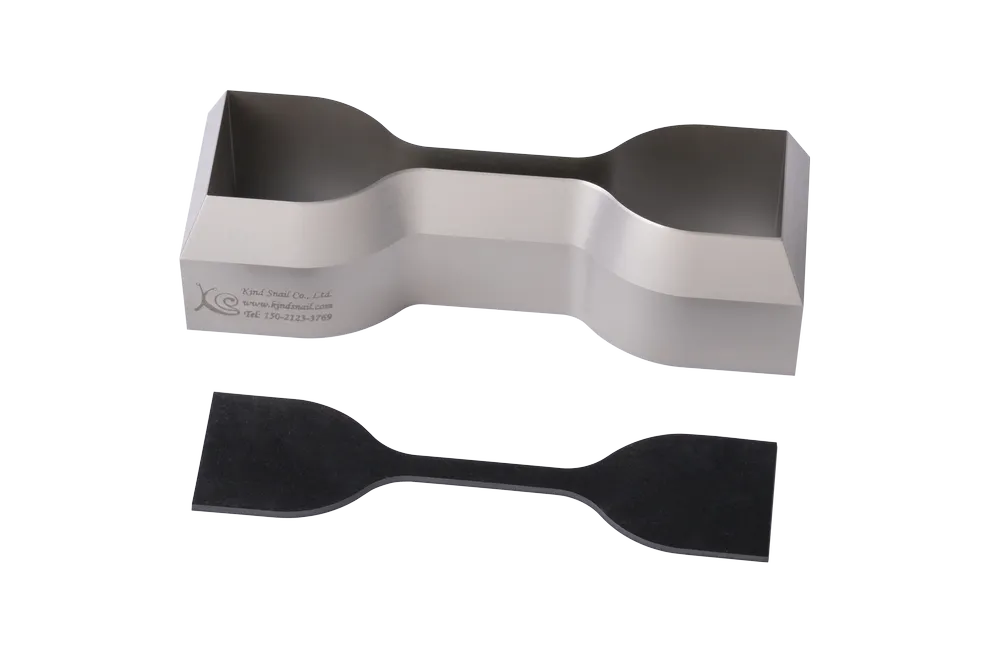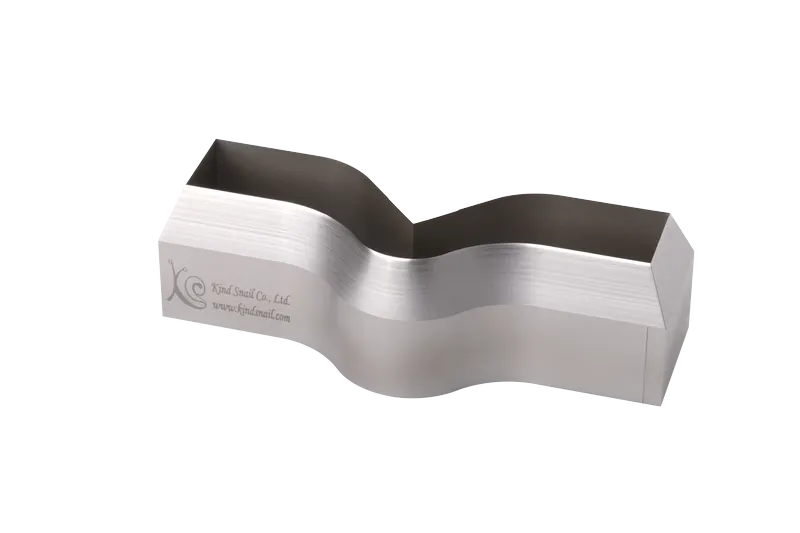In the process of quality verification and physical property evaluation of rubber or elastomer products, tensile testing is an essential and fundamental procedure.
Among the various standards established by ASTM International (formerly known as the American Society for Testing and Materials), ASTM D412 is the globally recognized test method specifically designed to determine the tensile properties of vulcanized rubber and thermoplastic elastomers (TPEs).
As a widely adopted organization for materials testing standards, ASTM methods are extensively used across industries such as rubber, plastics, metals, and textiles, serving as key references for product quality control and supply chain certification.
ASTM D412 is applicable to scenarios where the evaluation of a material’s tensile strength, elongation, and tensile modulus is required. It is particularly suitable for rubber products that exhibit high elasticity and stress-bearing characteristics, such as shoe soles, sealing strips, industrial rubber pads, and vibration-damping components.
In practical applications, this test method is commonly used as a standard reference for formulation development, material comparison, crosslinking degree assessment, and pre-shipment quality inspection.
Scope of Application for ASTM D412
ASTM D412 is widely used in the development and validation of rubber and elastomeric products, especially for materials that undergo tensile stress, deformation, or require elastic recovery.
This standard applies to various types of vulcanized rubber (e.g., NR, SBR, EPDM, NBR) and thermoplastic elastomers (such as TPE and TPV).
Typical industry applications include:
- Footwear components (e.g., soles, elastic inserts)
- Automotive parts (e.g., door seals, dust boots, vibration dampers)
- Industrial components (e.g., gaskets, flexible joints, rubber sheets)
- Laboratory rubber testing and quality control inspections
This test method is also frequently used for rubber compound optimization, including evaluations of physical properties after adjusting crosslinking agents, reinforcing fillers, or plasticizers, and serves as a reliable basis for performance comparison and verification between products and suppliers.

Test Parameters and Data Interpretation in ASTM D412
ASTM D412 testing requires standardized dumbbell-shaped specimens, which can be prepared from molded rubber sheets, extruded strips, or calendered rubber slabs.
The pneumatic cutting machine provided by Kind Snail enables fast and precise specimen preparation, ensuring consistency and efficiency. A manual cutting option is also available for flexible on-site operation.
★ All Kind Snail rubber testing equipment are compatible with various die shapes, supporting high-precision and high-efficiency cutting to enhance test consistency and productivity.
| Item | Pneumatic Cutting Machine | Manual Cutting Machine |
| Operational Stability | ✔ Consistent pressure, stable cutting quality | ▲Relies on manual force, less consistent |
| Cutting Efficiency | ✔ Suitable for high-volume, continuous preparation | ▲Suitable for low-frequency or small-batch testing |
| Operator Fatigue | ✔ Low effort, ideal for extended testing use | ▲More tiring with prolonged operation |
| Maintenance | ▲ Requires air supply | ✔ Simple structure, easy to maintain and move |
Regardless of the cutting method used, specimen quality must meet standard requirements, including smooth edges, uniform thickness, and precise geometry. Poorly prepared specimens may lead to stress concentration during testing, compromising the accuracy and repeatability of tensile results.
In addition, the following factors should be carefully monitored during testing:
- Clamping force and alignment of grips: Ensure the specimen is held securely and symmetrically in the testing machine to avoid slippage or uneven breakage.
- Specimen cutting quality: Edges should be clean, thickness uniform, and geometry accurate. Burrs or shape deviations may cause uneven stress distribution, resulting in unreliable tensile data.
Pneumatic Specimen Cutter – Video Overview
How ASTM D412 Data Supports Real-World Applications
ASTM D412 is not only a tool for quality assurance but also a critical reference in product development and compound optimization.
By analyzing key tensile properties such as tensile strength, elongation at break, and modulus, technical teams can quickly assess several practical issues:
- Has the material reached the target level of crosslinking?
Low elongation or excessively high modulus may indicate over-crosslinking or insufficient elasticity. - Do additives or fillers affect mechanical performance?
Changes in tensile data after adjusting the proportions of carbon black, DCP, or plasticizers provide a clear indication of impact. - Does the product meet customer specifications?
Many product specifications require thresholds like “tensile strength ≥ 15 MPa” or “elongation ≥ 300%,” making ASTM D412 results a reliable basis for acceptance testing. - Can abnormal batches be screened quickly?
If tensile properties in a batch drop unexpectedly, results can help trace potential issues in formulation, curing conditions, or storage.
ASTM D412 data can also be used in conjunction with other standards—such as ASTM D624 (tear strength)—to form a comprehensive property profile for rubber products, enhancing quality control and product consistency.
Conclusion: ASTM D412 — More Than a Test, It’s the Language of Quality
The tensile performance data provided by ASTM D412 has become a common technical language across departments within the rubber and elastomer industry. Whether it is used for material development, quality assurance, compound optimization, or included in certification reports and customer validations, its role is deeply embedded in every step of rubber processing.
In practical applications, the accuracy of specimen preparation and the consistency of testing conditions are both critical factors that determine the reliability of the results.
Kind Snail Co., Ltd. not only offers pneumatic and manual cutting machines, but also provides customized cutting dies designed to meet ASTM D412 or other standard specifications, helping companies achieve the optimal balance between testing efficiency and data quality.
By combining standardized testing with the right tools, ASTM D412 becomes more than just a method of measurement—it is an essential part of ensuring product quality and building trust.
※ Whether for standard or specialized requirements, Kind Snail offers the ideal die-cutting solution. Feel free to contact us for more information! ※






